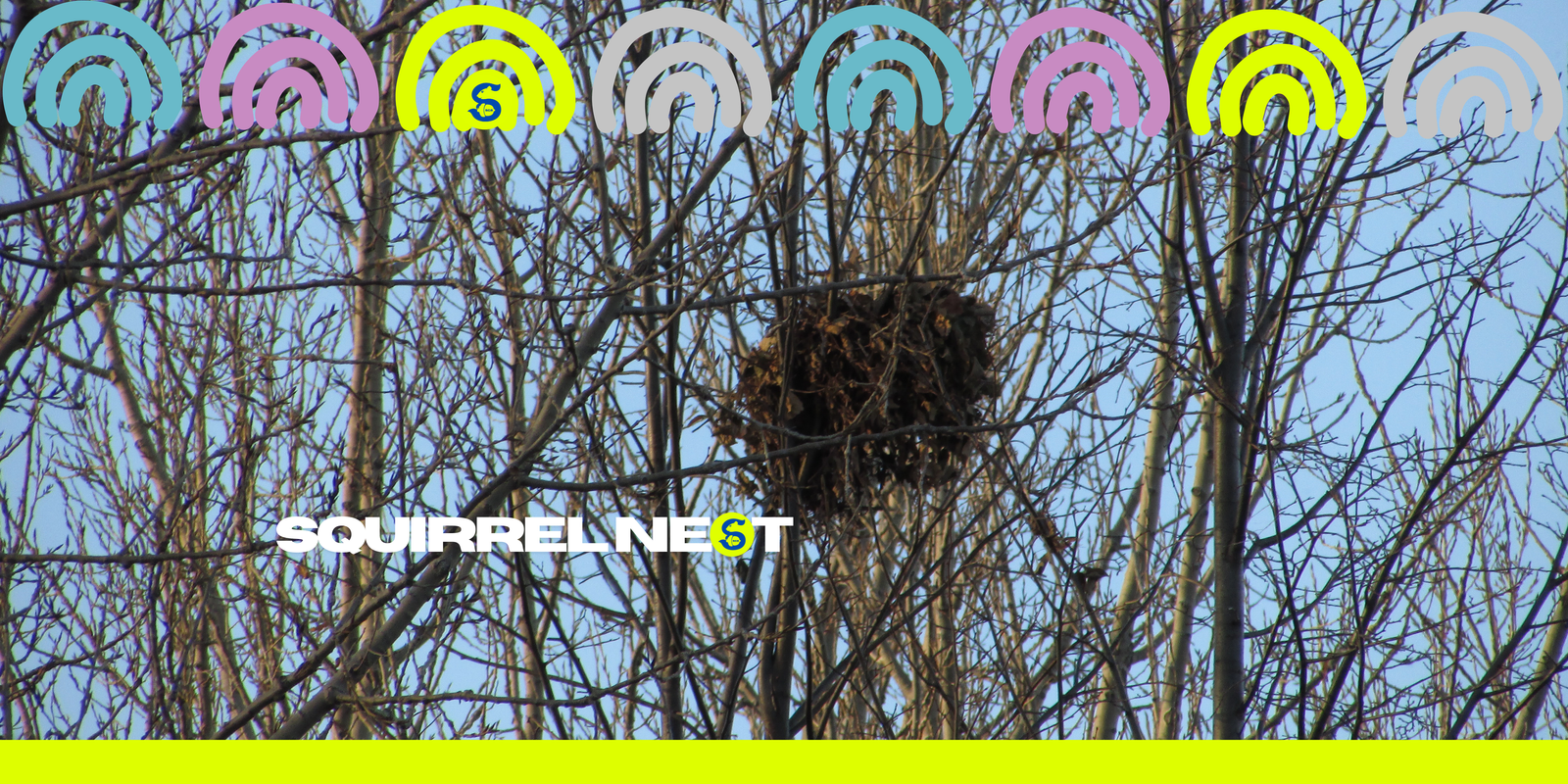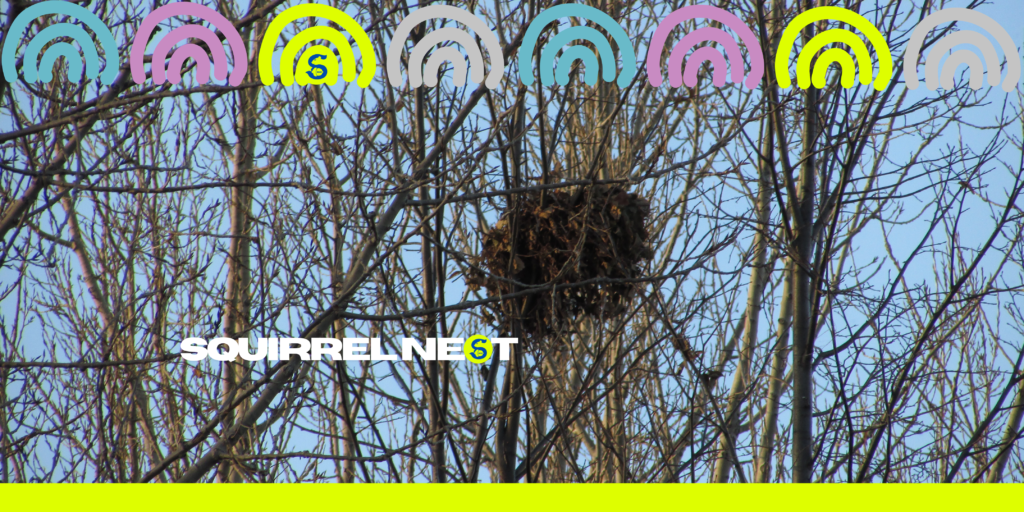How Many Squirrels Live in One Nest and Attic?
Introduction
In urban and suburban environments, squirrels are a common sight. These agile creatures are known for their bushy tails and energetic behaviors, but their nesting habits often remain a mystery to homeowners. In this comprehensive article, we will explore the intricacies of squirrel nesting habits, answering the question: how many squirrels typically live in one nest? We will delve into the types of nests squirrels build, the reasons behind their communal living, and what factors influence the number of squirrels in a single nest.
Types of Squirrel Nests
1. Dreys: The Common Leaf Nests
Dreys are the most common type of squirrel nest. These are usually built high in the branches of trees, and constructed from leaves, twigs, and other plant material. The interior of a drey is often lined with softer materials like grass, moss, or shredded bark to provide insulation and comfort. Dreys are typically used by tree squirrels such as the Eastern Gray Squirrel and the Red Squirrel.
2. Dens: Secure Tree Cavities
Dens are nests found in the cavities of trees. Squirrels prefer these during colder months due to the added protection from harsh weather conditions. Dens are often used to raise young people as they offer better security against predators than dreys.

3. Attic Nests: Urban Adaptations
In urban areas like Toronto, squirrels quite often find their way into attics, where they build nests using available materials like insulation and cardboard. These nests are similar to dreys but are located within human structures, offering warmth and safety.
Communal Living: Why Do Squirrels Share Nests?
1. Seasonal Factors
During colder months, it is common to find multiple squirrels sharing a single nest. This behaviour is primarily for warmth. Squirrels are known to huddle together in their nests to conserve body heat, which is crucial for survival during harsh winter conditions.
2. Family Units
A typical squirrel nest may house a mother and her offspring. Female squirrels are solely responsible for raising the young, and a nest will often contain the mother and her babies until they are old enough to venture out on their own. In some cases, juvenile squirrels may remain with the mother for an extended period, especially if food is abundant.


3. Mating Season Dynamics
During the mating season, a male squirrel may temporarily share a nest with a female. However, after mating, males typically leave the nest, and the female raises the young alone.
How Many Squirrels Live in One Nest?
1. Drey Nests
In a typical drey, you will usually find between one to six squirrels. During non-breeding seasons, dreys are often occupied by a single adult squirrel. However, during the breeding season or winter, the number of squirrels in a drey can increase as a mother shares the nest with her offspring or other squirrels join for warmth.
2. Den Nests
Dens can accommodate more squirrels due to their secure and spacious nature. It is not uncommon to find up to eight squirrels in a single den during the winter months. These dens provide the ideal environment for communal living, especially in colder climates.
3. Attic Nests
In urban environments, attic nests may house larger numbers of squirrels compared to tree nests. Homeowners have reported finding nests with up to a dozen squirrels, particularly during the winter when these animals seek refuge in warm, dry spaces.
Factors Influencing Nest Population
1. Availability of Food
The abundance of food sources plays a significant role in determining the number of squirrels in a nest. In areas where food is plentiful, squirrels are more likely to build larger nests and may tolerate more individuals sharing the space.
2. Seasonal Changes
As mentioned earlier, winter months see a higher number of squirrels sharing nests. This seasonal behavior is driven by the need to conserve body heat. Conversely, in the spring and summer, when temperatures rise, squirrels are more likely to live alone or in smaller family units.


3. Predation Risk
The presence of predators influences how many squirrels share a nest. In areas with high predation risk, squirrels may opt for dens over dreys and are more likely to nest communally for added protection.
Conclusion
Understanding the nesting habits of squirrels offers valuable insights into their behaviour and how they adapt to their environment. The number of squirrels in a nest varies based on several factors, including the type of nest, the season, food availability, and predation risk. By knowing these details, homeowners can better manage and coexist with these fascinating creatures, especially when dealing with potential squirrel infestations in their properties. Whether in a drey, den, or attic, squirrels exhibit complex social behaviors that ensure their survival in both natural and urban environments.





